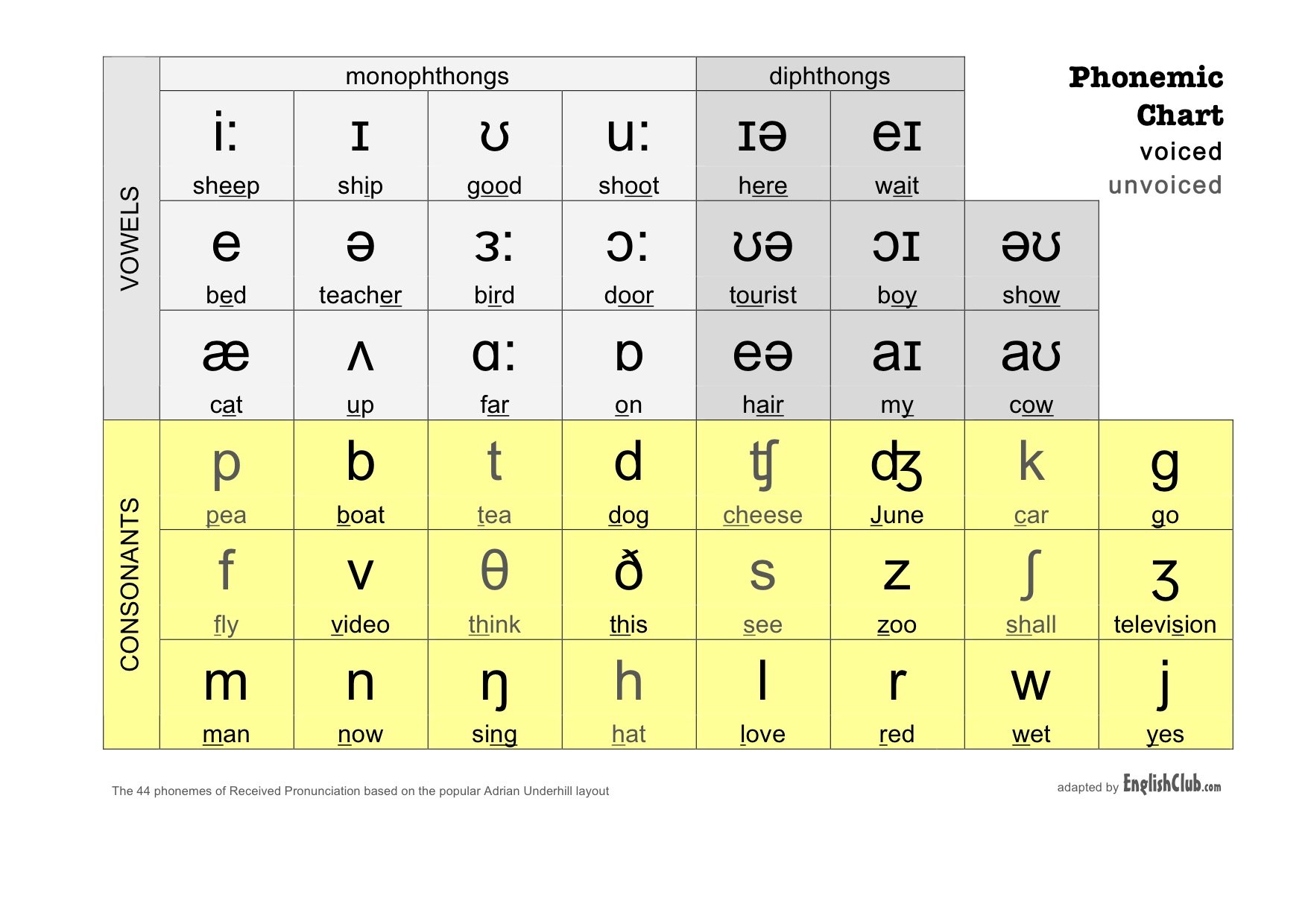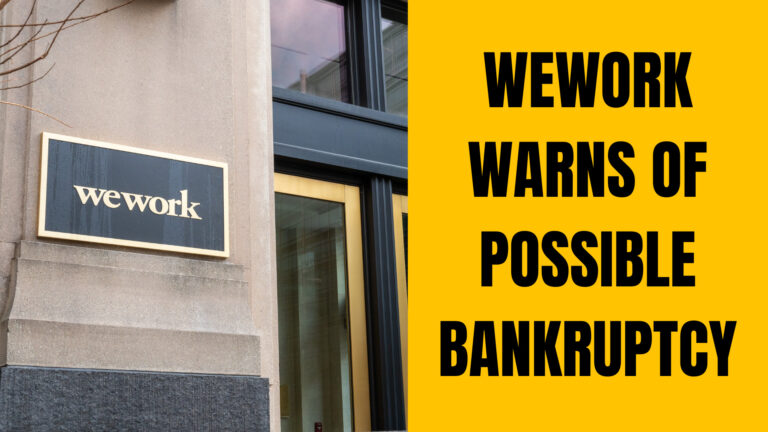
—- * * FOR NEW STUDENTS ** ————————————— ————
- What industry do you work in and what is your role?
- What are your responses in your role / position?
- Can you describe to the function of your workplace / company?
- How many departments, how many offices. National or International?
- What are the minimum requirements for employment ie Education or Experience?
- How many opportunities are there to ‘move up the ladder’?
- What is the process for changing job roles ie Interview? Test?
————————————————– —— ——————————————————
- Current projects? Deadlines? Opportunities?
- Anything of interest happening?
————————————————————————————————————
1. When the first email was received in 1971, it didn’t display on a monitor. It chattered out of a dot matrix printer — IN ALL CAPS — screaming its way into the zeitgeist. Fifty years later, it’s proved itself unsinkable in the face of countless waves of innovation.
2. As a marketing channel, it works. As a database for our digital lives, it’s indispensable. As a personal identifier, it’s extremely durable. It’s hard to imagine how our ubiquitous e-commerce, social media, SaaS and IoT platforms would exist without it. According to figures published by Statista, roughly 306 billion emails were sent and received each day in 2020. This figure is projected to rise to over 375 billion per day by 2025.
3. However, the way people use email is evolving. Once the “be-all, end-all” for digital communication and collaboration, it is quickly ceding ground to the Slacks, Teams, Facebooks, WhatsApps and SMSs of the world. “Personal” email won’t disappear overnight, but before long, it will be relegated to lower-urgency tasks where a digital paper trail matters: contracts, approvals and transaction receipts.

Do you use email or any other softwares/applications such as slack for work, and what about with friends?
Are you always polite in e-mails and start with “Dear” and end with a closing salutation like “Best wishes”, or “Yours sincerely”?
4. In fact, Gen Z is using it only under duress. As evidence, take a quick survey of your non-work inbox; what is your daily ratio of personal emails to social/transactional/promotional ones?
5. This should put email marketers on alert. Email marketing is highly effective, but like any ad-supported medium, it relies on “must-see” content (personal/professional communications) to lure people to their inboxes 15 times a day or more. Marketers will need a combination of technological and tactical innovation to keep the channel relevant when it’s losing its best shows.
6. 1. AI drives hyper-personalization and hyper-automation.
Today, most email service providers (ESPs) use AI for glorified automation — segmentation based on graphs, A/B testing subject lines, optimizing send times. However, as AIs get more skilled at understanding context and generating content, we’re beginning to see automated, personalized communication at a scale that could end “batch and blast” forever. I imagine a world where high-quality, individually tailored email marketing campaigns are triggered, written, populated, sent and optimized with no human interaction.

In general, is it better to text or call a business partner?
7. 2. Email will finally bust out of its silo and go omnichannel.
Email has traditionally been siloed because of its delivery mechanism, but many ESPs that don’t want to risk irrelevance are already moving from single-channel technology to true engagement marketing. Marketing organizations and strategies should soon catch up with the omnichannel capabilities that these marketing clouds offer. Consolidating platforms should break down silos and enable marketers to see where the data is going and where engagement needs to happen, not just what gets clicked.
8. 3. Better UX: Email will continue to mature as a technology.
Email has really evolved over the last decade, but most of the innovation happened behind the scenes. It’s time for the end user to see some magic. In the near future, we should see marketing emails that look much more like mailable microsites than the static scrollers that dominate today. This will be particularly relevant to commerce and media brands.
9. 4. Minimalist: Email as a billboard.
We could see more minimalist marketing emails with singular messages and clean design; the subject line will almost be the email. This is much easier to automate, and it’s a more effective way to target time-strapped, marketing-suspicious digital natives. Marketers also need to (quickly) start thinking beyond mobile-optimized emails and consider how customers interact with content through even smaller screens and emerging channels like voice interfaces, wearables and IoT devices.





